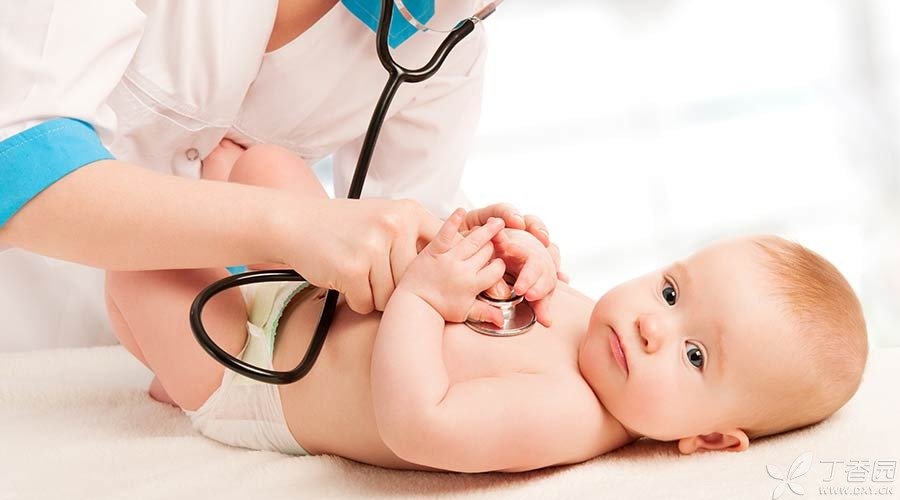
Some mothers believe that if children feel uncomfortable, it is best to let the doctor see them immediately. However, no matter in which country, medical resources are always insufficient and the medical treatment process always costs.
For children, the vast majority of diseases are self-healing diseases, do not need too much medical intervention, pediatricians basically do the role of comforting family members. Therefore, parents also need to learn the correct concept of health care, grasp the timing of medical treatment, and avoid unnecessary anxiety. So, when what needs to take the baby to see a doctor?
1. Mental and emotional abnormalities
- Compared with normal times, The child is in poor spirits, Especially when the underarm temperature does not exceed 38.5 ℃, but the spirit is always depressed. If the body temperature drops, The little guy is alive and well again, so you can continue to observe. The continuous crying time is much more than usual, or the regular burst of violent crying for more than half an hour. Older children may tell you by themselves [Mom, I want to see a doctor], and then you can see a doctor.
2. Fever, vomiting or diarrhoea
- When the body temperature (axillary temperature) of infants less than 6 months old exceeds 38 ℃, fever has exceeded 72 hours. Although the child is in good spirits and has no fever, diarrhea persists for more than 1 week. Diarrhea is accompanied by fever. Vomiting, fasting for 3-4 hours, observation for 6 hours has not obviously relieved.
3. Other physical abnormalities
- The child’s mouth is dry, tears are few when crying, and urination is very little. The child said that a certain part of the body is painful and has affected the child’s eating, sleeping and playing. There are obvious and increasing bleeding spots or ecchymosis on the skin. Or urine is like soy sauce color at night, blood can be seen in stool. Lips, tongue or fingers turn purple. Dyspnea, or abnormal number of breaths per minute under the relatively quiet state of the baby: infants under two months old breathe ≥ 60 times per minute, infants under 2-12 months old breathe ≥ 50 times per minute, and children under 1-5 years old breathe ≥ 40 times per minute. The child twitches.
Of all the indicators, whether the mental state is good or not is a very important and most intuitive criterion.
The above situation does not necessarily mean that the child is seriously ill, but it will cause obvious discomfort to the child and requires the help of a doctor for further evaluation.
Responsible Editor: Ji Lingyan
